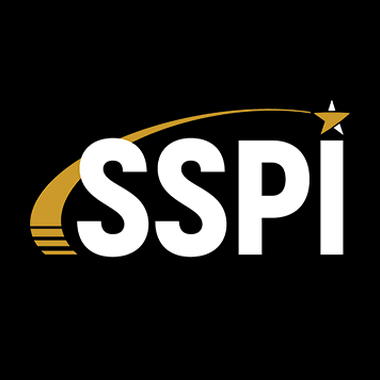The New Abnormal

I miss shaking hands.
Yeah, I know what the science says. If we are going to bend the curve everywhere, as we have done in Italy, Singapore and New York, we must “stay apart in order to stay together.” I get that. I am certainly trying to do my part here. Psychologically, it is not as easy as I thought it would be. After nearly 80 days of confinement, with an occasional stroll along Fifth Avenue and the amazing 7:00 PM cheering out of my window for our healthcare and essential workers, it is mainly a form of comfortable torture. I am writing my own version of Love in the Time of Cholera. Call it “Love in the Time of Fauci.”
A global pandemic rates almost as high in fear factor as a real invasion of UFOs; one that sends an entire fleet of spike-headed freaks to Earth and spreads a virus that we really cannot deal with. I have panic fantasies that a strange alien race that spreads terrible germs, cheats at golf and has a magic power that assures that the Boston Red Sox will always win has hellishly slipped into our midst.
But I guess we have a Space Force to deal with that.
The toll of the real COVID-19 has been unimaginable starting from the days in early March when we were all together at the Satellite Conference. It will get worse. The University of Washington’s IMHE projection revealed on Monday that 137,184 deaths will occur in the USA alone by August 1.
We need a vaccine. But until we get there, the tools that the satellite industry offers are proving again to be increasingly helpful.
While we do not have a satellite that can produce a vaccine or lift the declining social index for those of us who thrive on personal relationships and physical proximity, we are playing a major role in keeping civil society and swaths of the economy intact.
As satellites were instrumental in helping to eradicate Polio in nations like India, they are now enabling telemedicine services to help others around the world stay well, become diagnosed properly and heal. Nearly 80% of people seeing doctors during this crisis are seeing them online.(Good news for kids: no needles can reach you this way!) Online medicine is helping those who tragically experience the dark impact of isolation, loneliness and depression. In New York State where I live, nearly 7,000 psychiatric professionals volunteered to provide help through the State’s hotline. Satellite is backhauling emotional healing.

In other parts of the world, including the UK, companies like C-COM and partner Excelerate Technology Group see their antenna systems in use for communication applications on ambulances and mobile command centers in urban and remote locations, as well as for telemedicine, mobile education and disaster response applications. This is far different than the last great Pandemic that swept Europe in 1918-1919, when all we had was mitigation and undertakers.

Elsewhere, the Aeolus satellite has picked up the slack from the airlines and is filling the gap in data which airliners, with their sensors, typically provide. This is an enormous aid, especially during crop planting season in parts of the world. And knowing the weather is key to deploying resources before a natural disaster.
Small companies like Ursa Space are supporting customers and providing advice about ways to monitor COVID-19 for the financial and enterprise sectors. According to Derek Edinger, a company co-founder, Ursa has been using satellite imagery to monitor economic and social activity and to observe, for example, how things are declining or recovering over periods of time. According to Derek (a past SSPI Promise Award recipient), Ursa has been looking at manufacturing activity and movement along public transportation and freight rail lines to assess how patterns are forming. Ursa created a dashboard: Ursa COVID-19 Reports Dashboard to give people a sense of what is possible from satellite data.
If our industry was indispensable before the COVID-19 pandemic (BC), they are fundamental to the new abnormal we will have after this disease (AD). If, as the echo chamber maintains, we are digitizing the economy more rapidly as a result of the spread of this incurable virus, then satellite will become even more indispensable.
But let me once again mix my wish into the claims I have made for the industry: I really want to shake your hand and cannot wait until the next time I do it!
NOTE: On May 14th SSPI’s new India Chapter held its second live webinar. For more information on how to become part of the Chapter, contact Jay Gullish at the US/India Business Council [email protected] or Sanjay Nekkanti at Dhruva Space. You can watch an archive of the webinar on Facebook here.
Louis Zacharilla is Director of Development and Innovation at SSPI.

